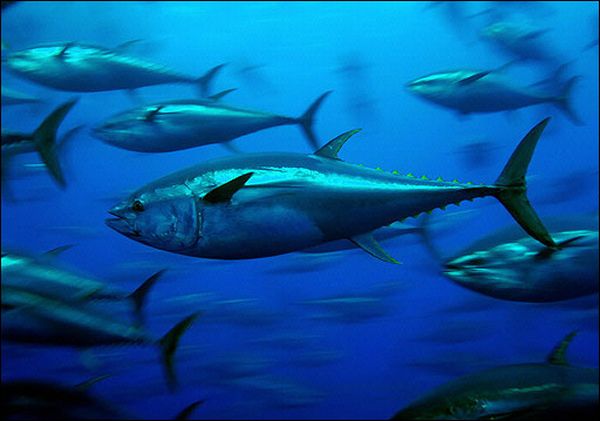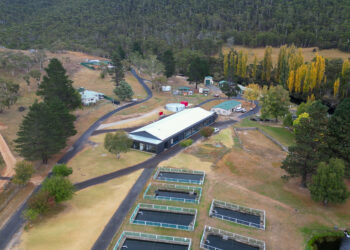BLUEFIN tuna carrying radioactive contamination leaked from Japan’s crippled Fukushima nuclear plant have been discovered 6000 miles away in the US – the first time a huge migrating fish has been shown to carry radioactivity such a distance.
According to a report on Huffingtonpost.com researchers have been taken aback by these findings.
“We were frankly kind of startled,” Nicholas Fisher, one of the researchers reporting the findings online in the Proceedings of the National Academy of Sciences, Huffingtonpost.com reported.
The levels of radioactive cesium were reportedly 10 times higher than the amount measured in tuna off the California coast in previous years – still far below safe-to-eat limits set by the US. and Japanese governments.
Previously, smaller fish and plankton were found with elevated levels of radiation in Japanese waters after a magnitude-9 earthquake in March 2011 triggered a tsunami that badly damaged the Fukushima Dai-ichi reactors.
But scientists did not expect the nuclear fallout to linger in large pelagic fish because they can metabolise and shed radioactive substances.
Pacific bluefin tuna can grow to 10 feet and weigh more than 1,000 pounds. They spawn off the Japan coast and swim east at breakneck speed to school in waters off California and the tip of Baja California, Mexico.
Five months after the Fukushima disaster, Fisher of Stony Brook University in New York and a team tested Pacific bluefin caught off the coast of San Diego. To their surprise, tissue samples from all 15 tuna captured contained levels of two radioactive substances – ceisum-134 and cesium-137 – that were higher than in previous catches.
To rule out the possibility that the radiation was carried by ocean currents or deposited in the sea through the atmosphere, the team also analysed yellowfin tuna, found in the eastern Pacific, and bluefin that migrated to Southern California before the nuclear crisis. They found no trace of cesium-134 and only background levels of cesium-137 left over from nuclear weapons testing in the 1960s.
The results “are unequivocal. Fukushima was the source,” said Ken Buesseler of the Woods Hole Oceanographic Institution, who had no role in the research.
Bluefin tuna absorbed radioactive cesium from swimming in contaminated waters and feeding on contaminated prey such as krill and squid, the scientists said. As the predators made the journey east, they shed some of the radiation through metabolism and as they grew larger.
Now that scientists know that bluefin tuna can transport radiation, they also want to track the movements of other migratory species including sea turtles, sharks and seabirds.
___

















